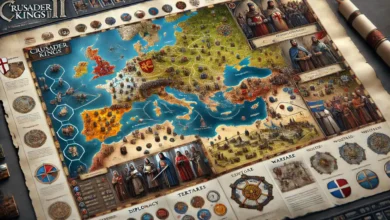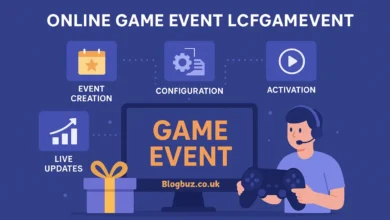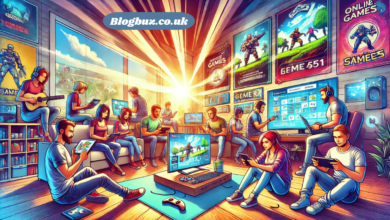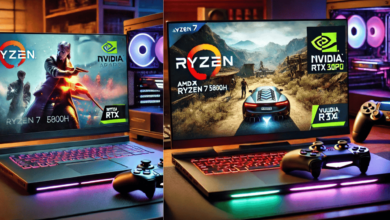Microservices in Gaming: How Bot Lobbies and Niche Boosting Became a Lucrative Side Hustle
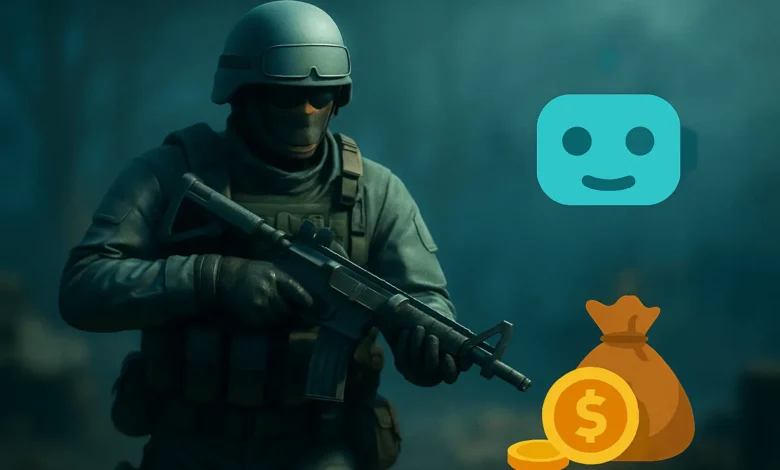
In today’s digital economy, microservices are reshaping how individuals earn online. From design gigs on Fiverr to dropshipping on Shopify, small, repeatable services are driving big profits. One lesser-known yet rapidly growing niche? Gaming microservices — including everything from bot lobbies in Call of Duty: Warzone to selling gold in World of Warcraft.
For many gamers, these services are more than convenience — they’re a strategic shortcut or even a livelihood. Let’s explore how niche boosting services are evolving into a full-fledged industry.
The Rise of Gaming Microservices
Gaming is no longer just a pastime. With millions of daily active players across titles like Warzone, WoW, and Path of Exile 2, players are constantly seeking ways to save time, progress faster, or compete more effectively.
This demand has spawned a booming market of small-scale services:
- Account boosting
- In-game currency sales
- PvP rank progression
- Coaching or loadout optimization
- And, notably, bot lobbies.
These services function similarly to freelance digital gigs — low commitment, high volume, and scalable for providers.
Case Study: Bot Lobbies in Warzone
One of the most requested services today is the “bot lobby” in Call of Duty: Warzone — a matchmaking trick that places players in easier lobbies with low-skill or AI-controlled opponents. For casual players, this means:
- Easier wins
- Higher K/D ratios
- Content-friendly gameplay for streamers
Bot lobbies are offered via private matchmaking, often using secondary accounts or custom setups. They’re fast, effective, and increasingly common.
✅ Pro tip: Some players turn to specialized services that provide access to bot lobbies without needing to manually configure setups — a major time-saver, especially in competitive FPS titles.
The Business Behind It
Gaming microservices have transformed into a business model:
- Solo providers running services via Discord or Telegram
- Boosting platforms offering structured packages
- Subscription models for regular buyers
Prices range widely:
- $10–$20 per bot lobby
- $30–$100 for rank boosting
- Even more for full-service accounts
For skilled gamers, it’s become a legitimate side hustle with minimal overhead and strong demand.
Other Microservices: WoW Gold, PoE2 Orbs & More
It’s not just Warzone. Other games feature their own high-demand micro-economies:
- World of Warcraft: Selling gold, dungeon carries, raid coaching
- Path of Exile 2: Trading valuable orbs like Divine Orbs or Mirrors of Kalandra
- Valorant / Apex: Rank boosting and win streaks
- Escape from Tarkov: Carry services, item extraction
These services often thrive because of time-gated or grind-heavy mechanics — and players are willing to pay to bypass them.
The Risks and Rewards
Like any gray-market economy, gaming microservices come with caveats:
- TOS violations can lead to bans
- Quality and safety depend on the provider
- Ethical debates persist about “pay-to-win” dynamics
Still, the market continues to grow, fueled by convenience, content creation, and the increasing monetization of in-game status.
Microservices have taken root in gaming — fast, focused, and highly profitable. For players, they offer flexibility and freedom. For providers, they offer income and opportunity. And for the digital economy, they represent the next wave of gamified commerce.
Whether you’re looking to save time or make money, the world of niche boosting services is only expanding. And in this evolving landscape, being early often means being ahead.

